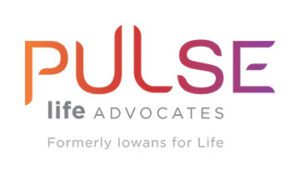Physician Assisted Suicide
Physician-assisted suicide occurs when a physician facilitates a patient's death by providing the necessary means and information to enable the patient to perform a life-ending act.
Euthanasia
Physician-assisted suicide is distinct from active euthanasia where the physician himself directly acts to cause death.
Pulse Life Advocates is firmly against physician assisted suicide and euthanasia because of our belief in the sanctity of human life at all stages. Only God has the moral power over life and death.
Catholic teaching, and Pulse, condemns physician-assisted suicide because it, like murder, involves taking an innocent human life:
Suicide is always as morally objectionable as murder. The Church's tradition has always rejected it as a gravely evil choice: To concur with the intention of another person to commit suicide and to help in carrying it out through so-called "assisted suicide" means to cooperate in, and at times to be the actual perpetrator of, an injustice which can never be excused, even if it is requested. In a remarkably relevant passage Saint Augustine writes that "it is never licit to kill another: even if he should wish it, indeed if he request it because, hanging between life and death, he begs for help in freeing the soul struggling against the bonds of the body and longing to be released; nor is it licit even when a sick person is no longer able to live (The Gospel of Life, no. 66).
Pope St John Paul II (1920-2005) wrote in The Splendor of Truth that:
“there exist acts which per se and in themselves, independently of circumstances, are always seriously wrong by reason of their object.” These acts include “Whatever is hostile to life itself, such as any kind of homicide, genocide, abortion, euthanasia and voluntary suicide….”
Advocates argue it is necessary to prevent undue pain and suffering. This is no longer true. Advances in pain management now make it possible to control pain effectively in dying patients.
For an excellent perspective, read this article by David Montgomery.
